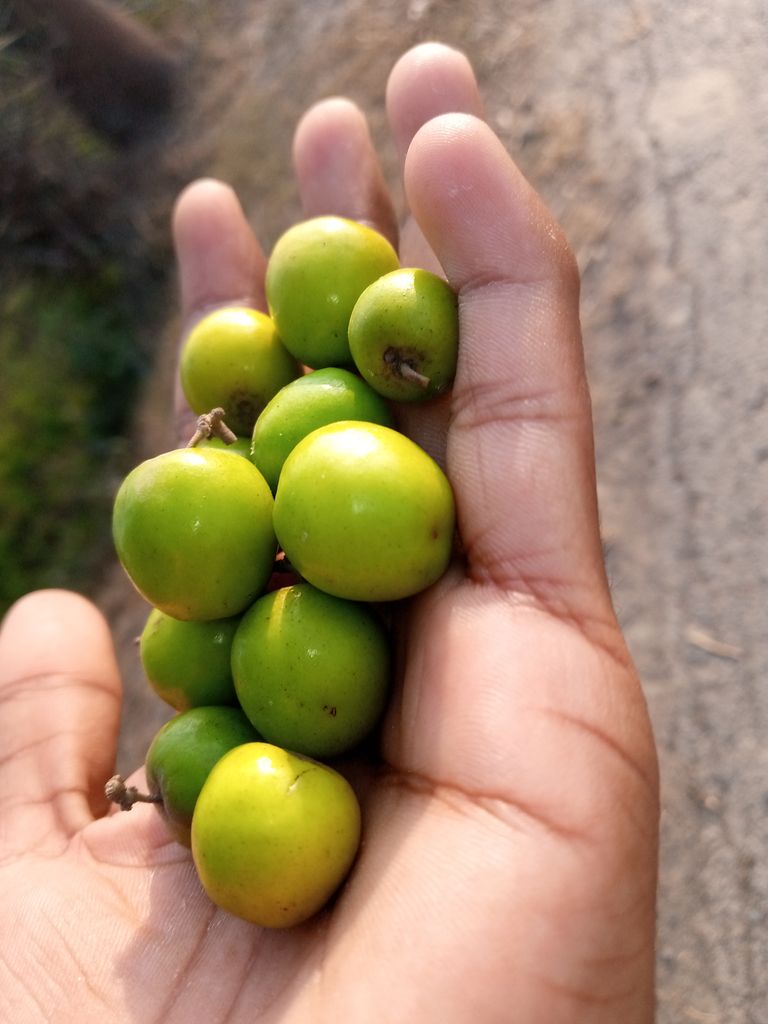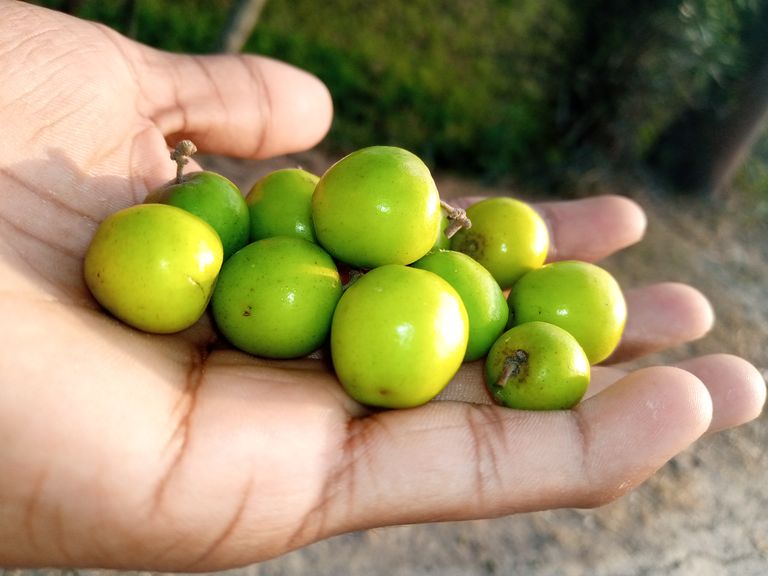A plum is a fruit of some species in Prunus subg. Prunus. Mature plum fruits may have a dusty-white waxy coating that gives them a glaucous appearance. This is an epicuticular wax coating and is known as "wax bloom". Dried plums are called prunes, which have a dark, wrinkled appearance.

Plums may have been one of the first fruits domesticated by humans.[2] Three of the most abundantly cultivated species are not found in the wild, only around human settlements: Prunus domestica has been traced to East European and Caucasian mountains, while Prunus salicina and Prunus simonii originated in China. Plum remains have been found in Neolithic age archaeological sites along with olives, grapes and figs.[3][4] According to Ken Albala, plums originated in Iran.[5] They were brought to Britain from Asia.[6]
An article on plum tree cultivation in Andalusia (southern Spain) appears in Ibn al-'Awwam's 12th-century agricultural work, Book on Agriculture.

The name plum derived from Old English plume or "plum, plum tree", which extended from Germanic language or Middle Dutch, and Latin prūnum,[8] from Ancient Greek προῦμνον proumnon,[9] believed to be a loanword from Asia Minor.[1][10] In the late 18th century, the word, plum, was used to indicate "something desirable", probably in reference to tasty fruit pieces in desserts.[10]